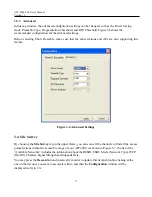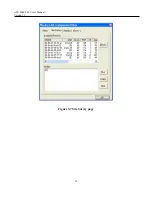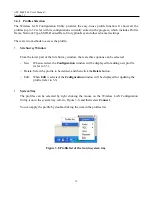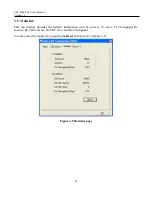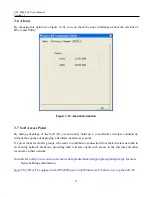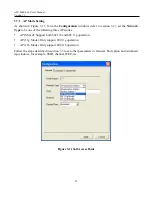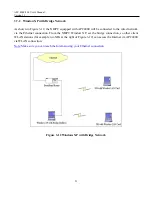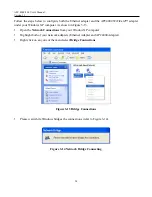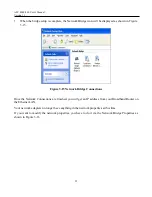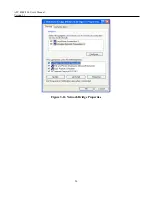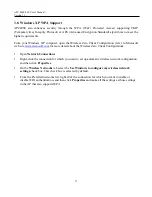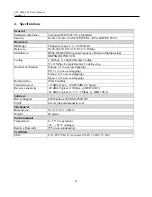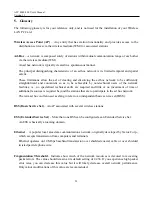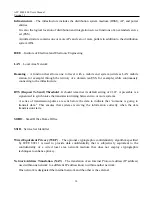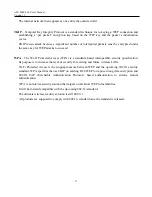
APC 4000-500 User’s Manual
Version 1.1
31
The internal network then appears as one entity the outside world.
TKIP
– Temporal Key Integrity Protocol is a standard technique for re-keying a WEP connection and
establishing a “per packet” encryption key based on the WEP key and the packet’s initialization
vector.
TKIP resists attack because a significant number of intercepted packets must be encrypted under
the same key for WEP attacks to succeed.
WPA
– The Wi-Fi Protected Access (WPA) is a standards-based interoperable security specification.
Its purpose is to increase the level of security for existing and future wireless LANs.
Wi-Fi Protected Access is the stopgap measure between WEP and the upcoming 802.1X security
standard. WPA specifies the use TKIP on existing RC4 WEP to impose strong data encryption and
802.1X EAP (Extensible Authentication Protocol.) based authentication to enforce mutual
authentication.
WPA is an interim security solution that targets on all know WEP vulnerabilities.
It will be forward compatible with the upcoming 802.11i standard.
The ultimate wireless security solution is still 802.11i.
All products are supposed to comply with 802.11i standard once the standard is released.

